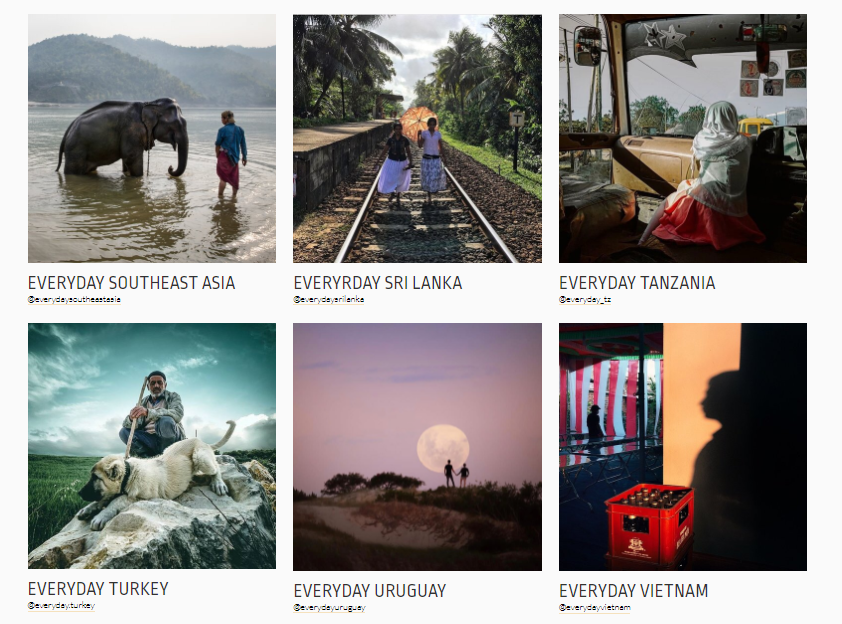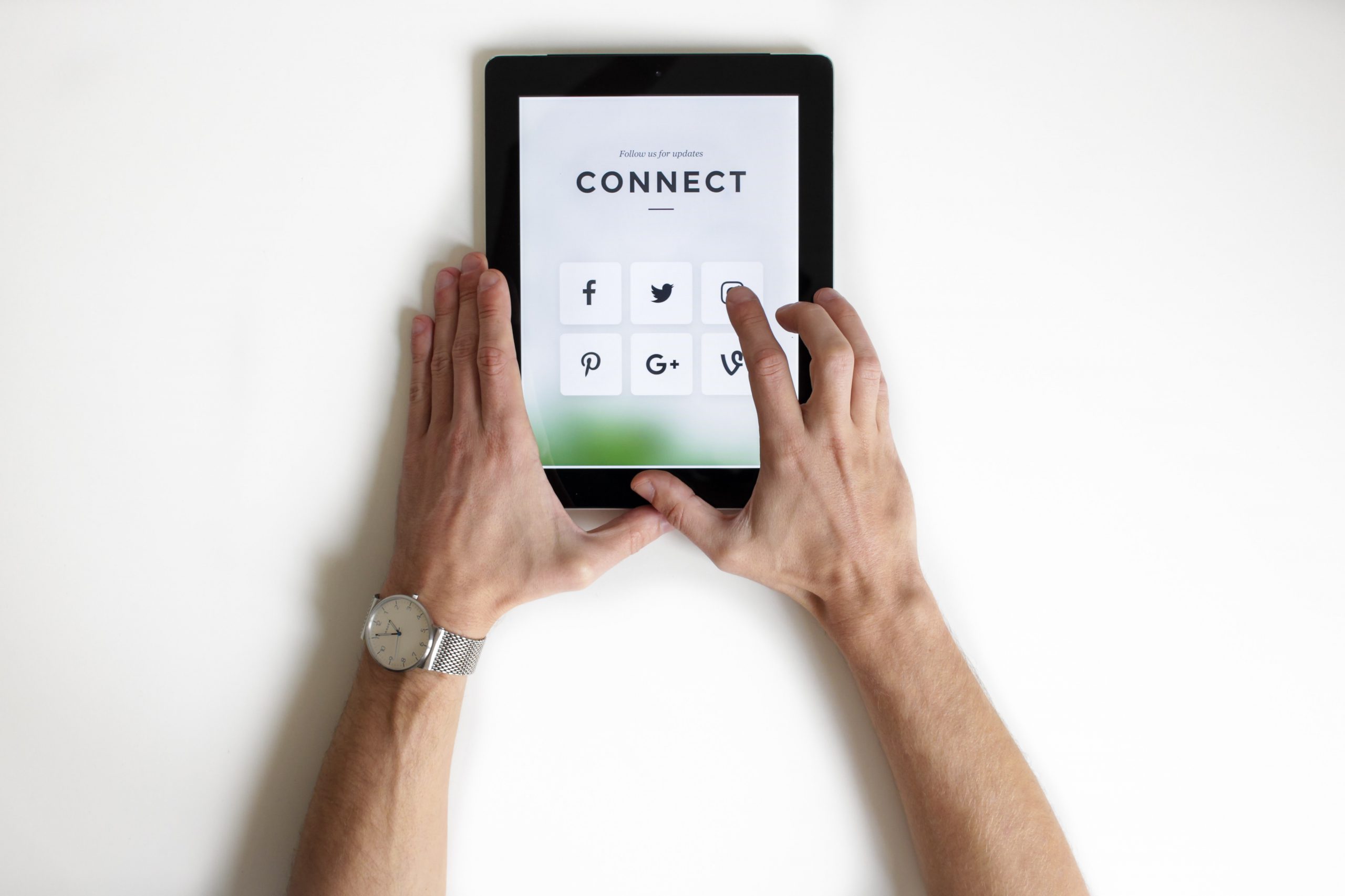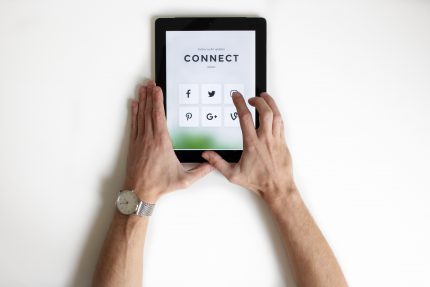Rethinking Images
Images and visual narratives are sensitive topics in the humanitarian world. Pictures are important to support fundraising, communication campaigns, and advocacy. The Internet and social media revolutionized the communication world. The graph below shows that while a very broad audience still uses traditional media, the number of internet and social media users is growing remarkably fast. The private sector, the public sector, big and small organizations, and of course citizens have moved to the digital world to have their online space in the global network of new technologies.
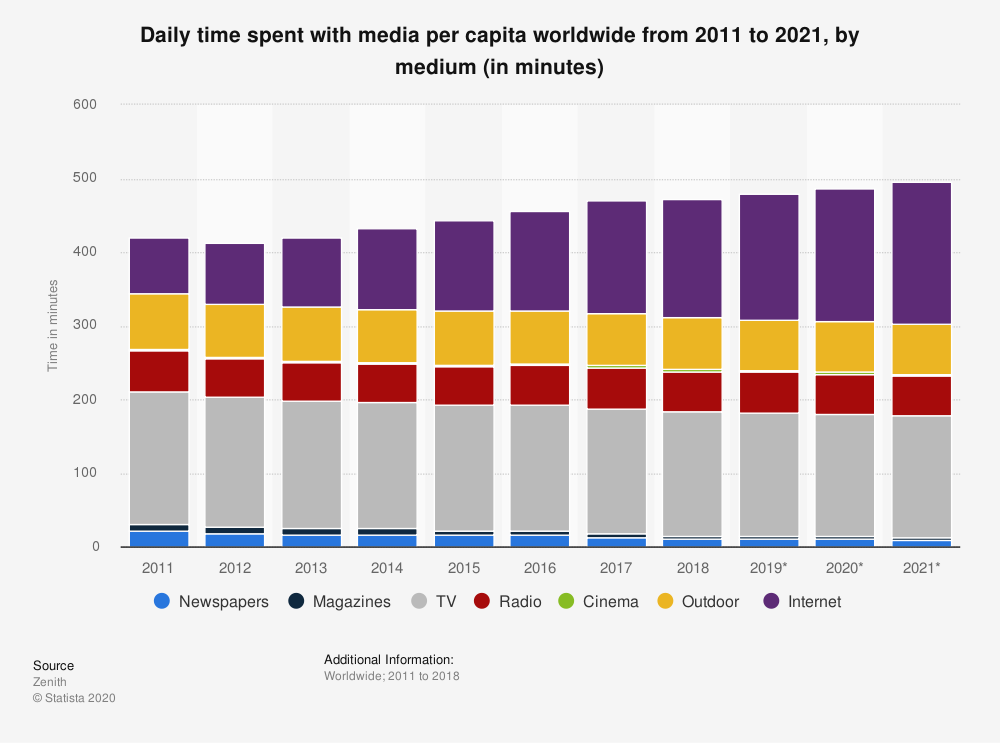
For the aid world, such as international organizations, NGOs and UN agencies, the transition from traditional media to social media means a different approach to communication. This transition can be seen as a real challenge. Over the past decades we have witnessed a lot of “poverty porn” or “pornography of poverty” in portrayals of the Global South in the context of humanitarian aid fundraising campaigns addressed to the Global North. Poverty porn consists in using images portraying poor people in poor conditions (for example dirty clothes, skeletal, starving kids, flies around, etc.), to trigger emotional feelings within audiences in the Global North, and eventually generate donations or other sorts of funding.
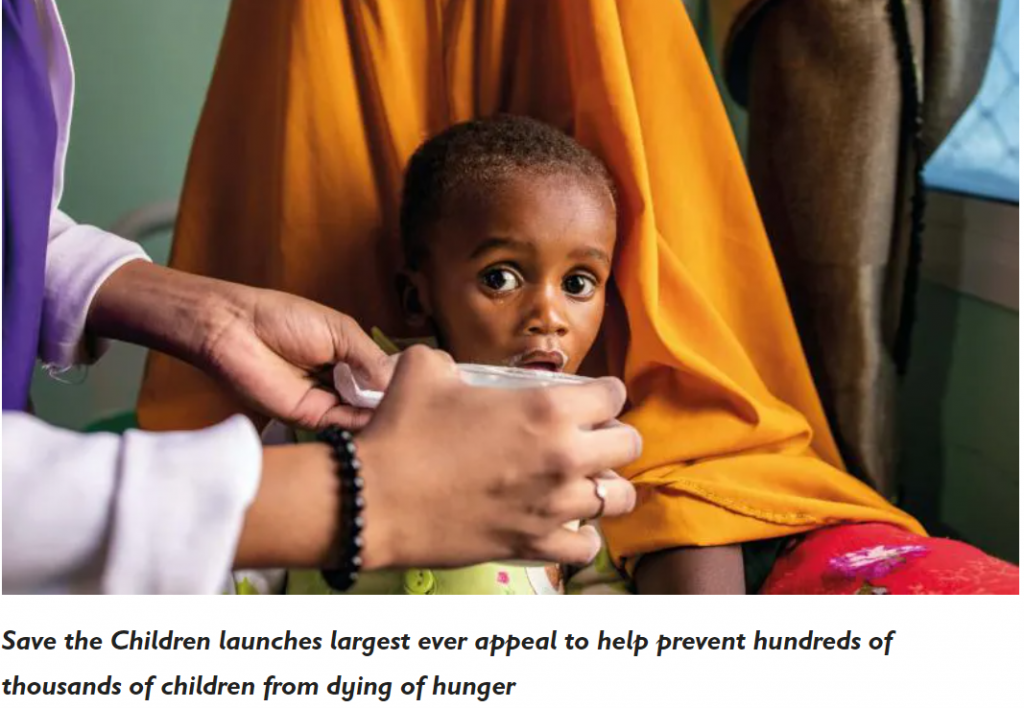
This use of images is no longer valid. Poor or in need of help doesn’t mean helpless and weak. The colonial white gaze has gotten Global North audiences accustomed to the stereotype of an incapable Global South, but it is now time to shift direction. People from the Global South can represent themselves and have the accountability of producing the images that tell their stories. Social media plays a crucial role in this new form of communication. Everyone with a smartphone and an internet connection can be a photographer and a storyteller. There are plenty of initiatives on social media and on the internet with the mission to contribute to social change using dignifying images and storytelling. Just to mention a few: Regarding Humanity, The Authority Collective, The Everyday Projects, Native and Diversify Photo.
In the next few weeks on this blog I will tackle some of the issues related to the inappropriate use of disempowering images and media content in the humanitarian world. Some of the questions that I will try to answer are: “Can the end justify the means?”, “Who is portrayed?”, “How would they like to be portrayed?”.
Please contribute to the discussion, sharing your experiences, thoughts and dilemmas.
